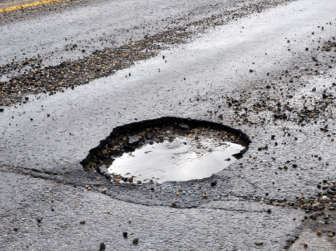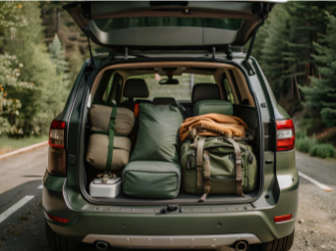According to the Automobile Association (AA), every new or used car in South Africa needs to pass a roadworthy test before it can be registered and licensed in the new owner’s name. It’s a crime to drive an unroadworthy car on our roads, and it’s also everyone’s responsibility to ensure that their cars are well maintained and in a roadworthy state.
If a car is deemed roadworthy, it means…
- The body must be rust free and without any damage that could pose a risk to pedestrians and cyclists.
- Doors should be able to open and close with ease from inside and outside the car, and be firmly attached at the hinges. The inner door panels must be in place, and in good condition.
- There should be no cracks on the windscreen.
- You must be able to open and close all the windows.
- At least one correctly functioning windscreen wiper needs to be fitted.
- All lights and indicators must be in working order.
- The high and low beams of the headlights must function correctly.
- All lights must be securely fitted to prevent any moisture from being let in.
- The tread on all the tyres, including the spare, must be at least 1.6mm deep.
- The tyres and wheels must be the correct size, and comply with the car manufacturer specifications.
- The brakes must be in good working order. The brake discs mustn’t be grooved or concave.
- The chassis should not show any sign of damage or weakness.
- The undercarriage must be free of rust, and there should be no visible leaks.
- The shock absorbers mustn’t be worn out.
- Exhaust mountings must be secure, and the exhaust should be undamaged with no visible smoke emissions.
- The engine compartment must be clean and without any signs of damage or leaks. There should be no loose or visible wiring.
- The battery must be clean, properly secured, and have the required number of clamps.
- The hooter, odometer and speedometer must be in working order.
- Seats must be securely in place and without damage, and all seatbelts must be operational.
Where to get a roadworthy test
If you’re buying a car from a dealership, they will usually arrange a roadworthy test for you. If you’re buying privately, you’ll need to arrange one yourself.
You can find a motor vehicle testing station closest to you on the Enatis site, or you can go to a roadworthy vehicle inspection company like Dekra.
You’ll need to book at test and pay for one (prices depend on where you’re taking your car), and usually it takes around half an hour, excluding any admin needed. The test will ensure that your car is roadworthy, according to the checklist above. If you don’t pass, you’ll need to tend to whatever needs fixing, before going for another test.
Keep your car in good working order with regular services
One way to extend the life span of your car is to ensure you service it at least once a year or more depending on the amount of driving you do. Read our blog post to find out more about the importance of servicing your car regularly.
Check out MotorHappy’s service and Maintenance plans – a great way to budget for the expense of regular upkeep.
Read more:
How to get a learner and driver’s licence
Used car shopping? Includes Extended Warranty, and other tips


